Brewster
F2A-2 Buffalo
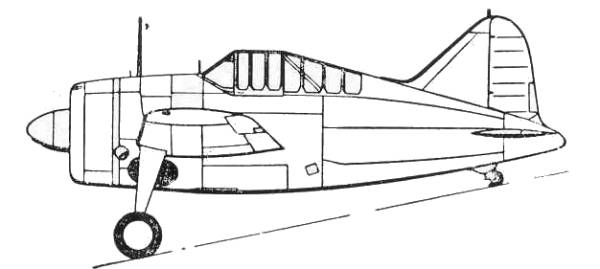
In 1935, the U.S. Navy issued a requirement for a carrier-based fighter intended to replace the Grumman F3F biplane. The Brewster XF2A-1 monoplane, designed by a team led by Dayton T. Brown, was one of two aircraft designs that were initially considered. The XF4F-1 with a double-row radial engine was a "classic" biplane. The U.S. Navy competition was re-opened to allow another competitor, the XFNF-1, a navalized Seversky P-35 eliminated early on when the prototype could not reach more than 267 mph . The XF2A-1 first flew on 2 December 1937 and early test results showed it was far in advance of the Grumman biplane entry. While the XF4F-1 would not enter production, it would later re-emerge as a monoplane, the Wildcat.
It was all-metal, with flush-riveted, stressed aluminum construction, although control surfaces were still fabric-covered. The XF2A-1 also featured split flaps, a hydraulically operated retractable main undercarriage (and partially retractable tail wheel), and a streamlined framed canopy. However (as was still common at this time), the aircraft lacked self-sealing fuel tanks and pilot armor. Fuel was only 160 U.S. gal, stored in the fuselage. Powered by a 950 hp single-row Wright R-1820-22 Cyclone radial engine, it had an impressive initial climb rate of 2,750 ft/min and a top speed of 277.5 mph. With only a single-stage supercharger, high-altitude performance fell off rapidly. Fuselage armament was one fixed .50 in M2 Browning machine gun with 200 rounds and one fixed .30 in AN Browning machine gun with 600 rounds, both in the nose. The Navy awarded Brewster Aeronautical Corporation a production contract for 54 aircraft as the F2A-1.
A later variant, the F2A-2, of which 43 were ordered by the U.S. Navy, included a more powerful R-1820-40 engine, a better propeller, and integral flotation gear, but still lacked pilot armor and self-sealing tanks. The increase in engine power was welcomed, but to some extent offset by the increased loaded weight (5,942 lb) of the aircraft; while top speed was increased to a respectable 323 mph at 16,500 ft, initial climb rate dropped to 2,500 ft/min. Both the F2A-1 and the F2A-2 variants of the Brewster were liked by early Navy and Marine pilots, including Pappy Boyington, who praised the good turning and maneuvering abilities of the aircraft. Boyington is alleged to have opined "...the early models, before they weighed it all down with armor plate, radios, and other equipment, they were pretty sweet little ships. Not real fast, but the little aircraft could turn and roll in a phone booth." This might be expected from the low wing loading, in earlier versions comparable with the Mitsubishi A6M Zero's 22 pounds per square foot.
The F2A-3 was the last version of the Buffalo to enter service with the U.S. Navy and Marine Corps. A total of 108 examples were ordered in January 1941. Since the kit is the F2A-2 I'm not going to dwell of the history of the later version.
The Kit
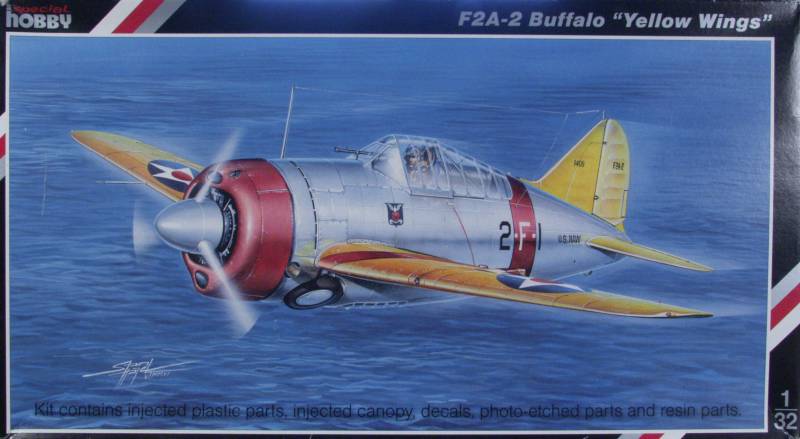
The Special hobby kit comes in a tray type top open box with a thin top and and a heavier bottom made from thin corrugated card board. Inside the box the main parts are sealed in a large plastic bag. The box has an insert to which is stapled a bag containing resin parts and another with the decals and PE. The parts are molded in a gray color and the finish is almost glossy. Surface detail consists of fine recessed panel lines and recessed fasteners. There is some raised detail where appropriate. The panel lines are uniform. The wings on my kit had some oily patches on them, most likely mold release and a good wash in soapy water before starting the kit would be recommended. There is some light flash to be found as is common with limited run style kits some of the sprue attachment points are a bit large although over all better than many other limited run kits. Mold alignment was good and parts that would suffer if they didn't have fairly light mold separation lines to clean up. Ejector pin marks and towers have been kept out of most visible areas, there are a couple towers in the vicinity of the cockpit that may need to be removed and another on the vertical tail that definitely will need to be removed.
Detail wise the fuselage has structure molded inside. All of the control surfaces are molded in the neutral position. The cockpit is quite well detailed with over 70 parts including the PE parts supplied which should make for an excellent looking cockpit when complete. The area ahead of the cockpit is also well detailed with the guns and ammo cases and some of the landing gear parts and engine mounts. The engine has the cylinders split front and back, has a gear case on the front with push rods and there is a separate ignition loom. Separate intake and exhaust manifolds and an accessory section with a carburetor and air intake. Everything for a nicely detailed engine except for the ignition wires themselves. Some of the back engine detail should be visible through the landing gear opening. The propeller is multi part with separate blades spinner and back plate. The blades are keyed for pitch. The portion of the wing where the gear strut fold down from has structure detail inside. The landing gear is well detailed. The wheels are in halves and not weighted. The canopy can be posed open or closed. There are a number of parts, different props, canopies, tail wheel and other destined for other versions that won't be used on this one. Lets look at the parts...
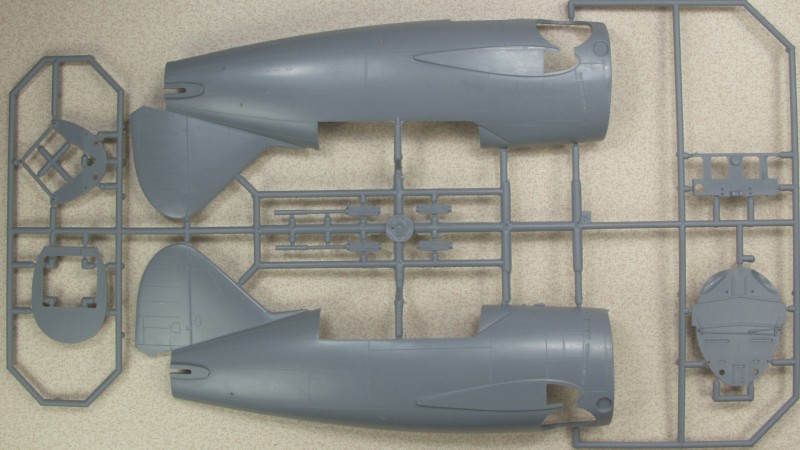
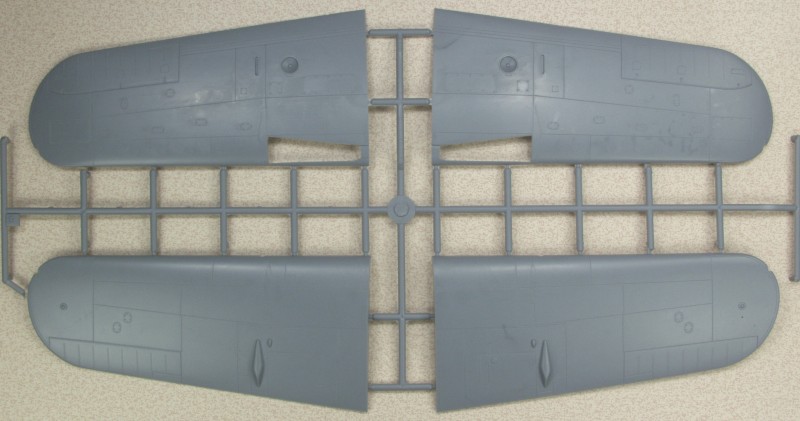
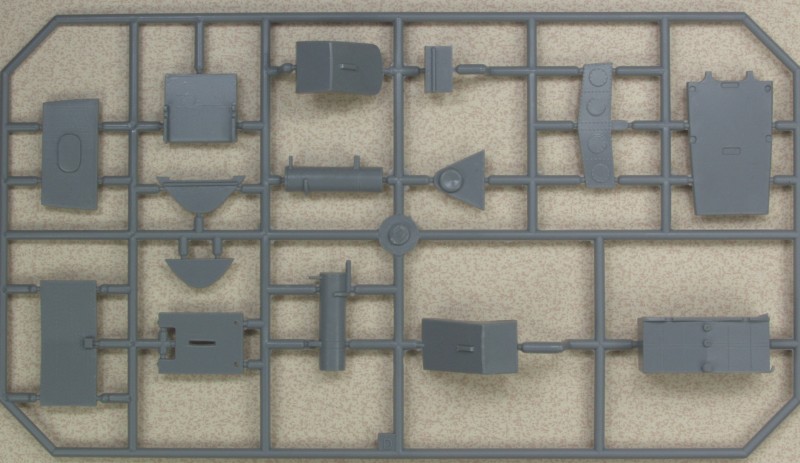
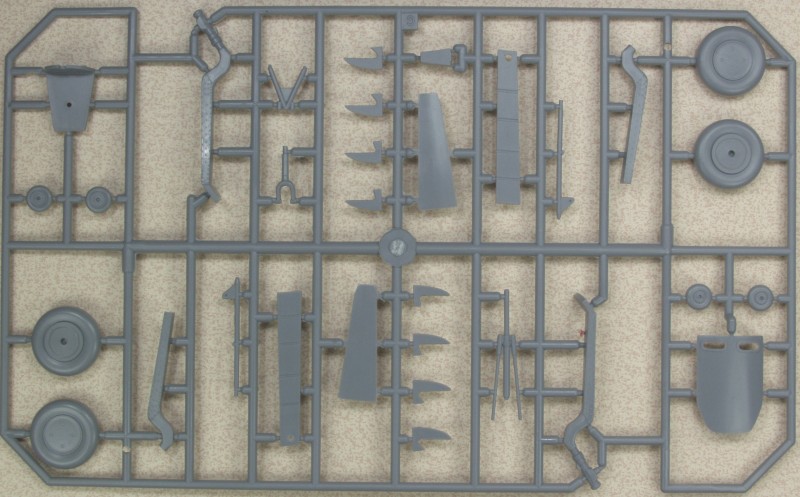
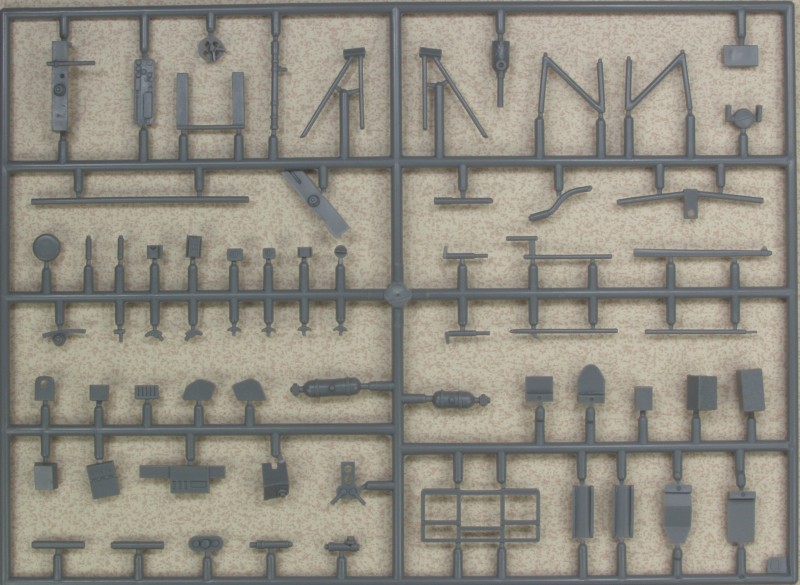
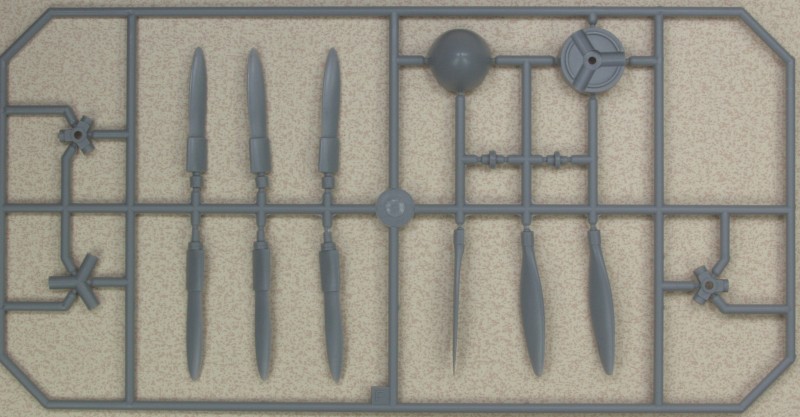
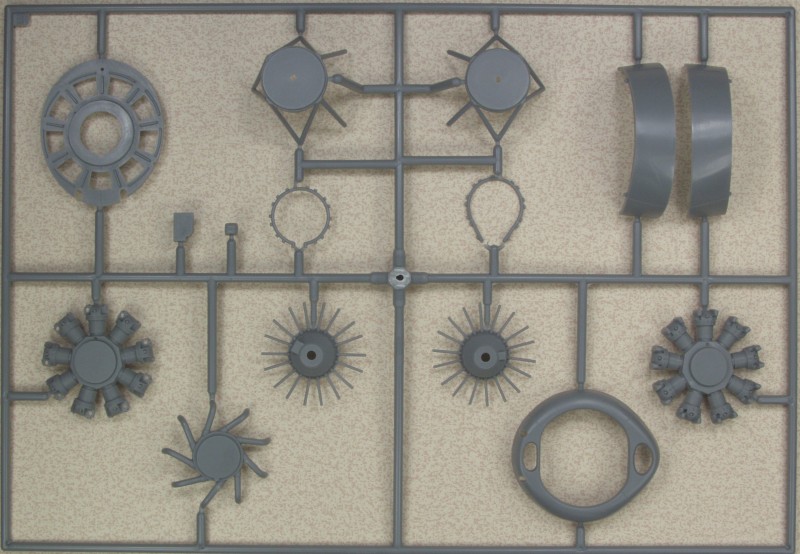
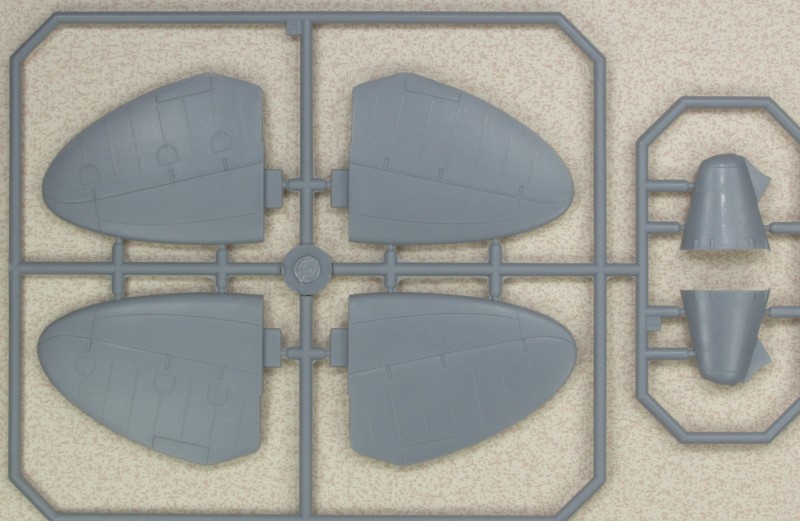
The kit comes with a good number of resin parts, some for the engine, others for the cockpit.
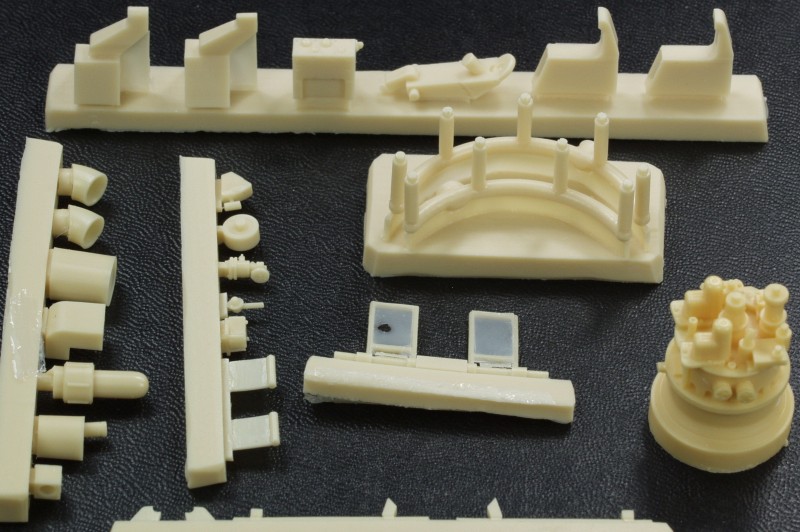
A fret of photo etch is supplied for the instrument panel, lap belts and other details including the bomb racks under the wings, the grill looking part gets formed around a plastic part and is part of an antenna. The film below is for the instrument panel.
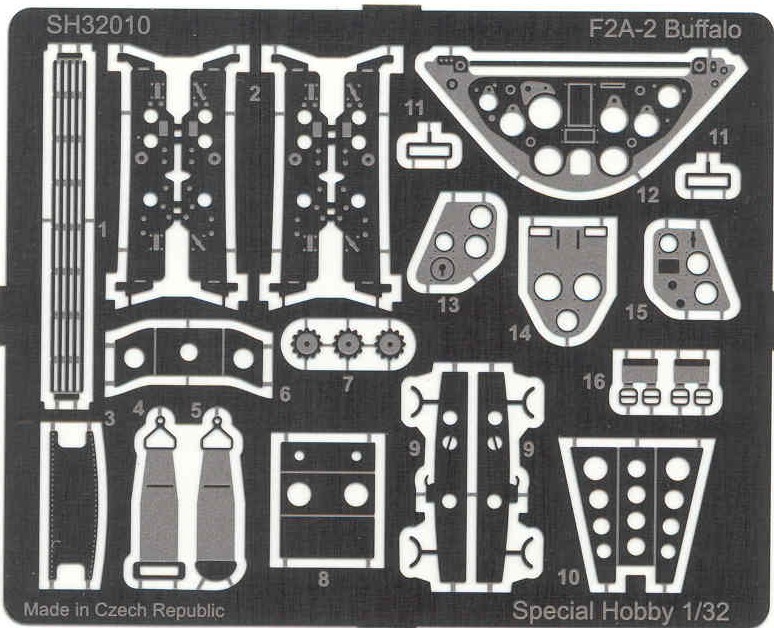
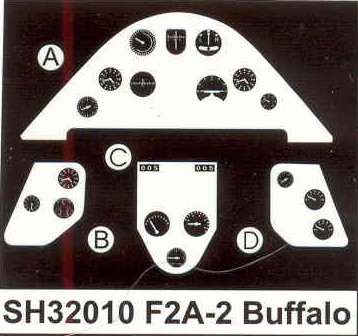
The clear parts as thin and clear with well defined frame lines and minimal optical distortion.
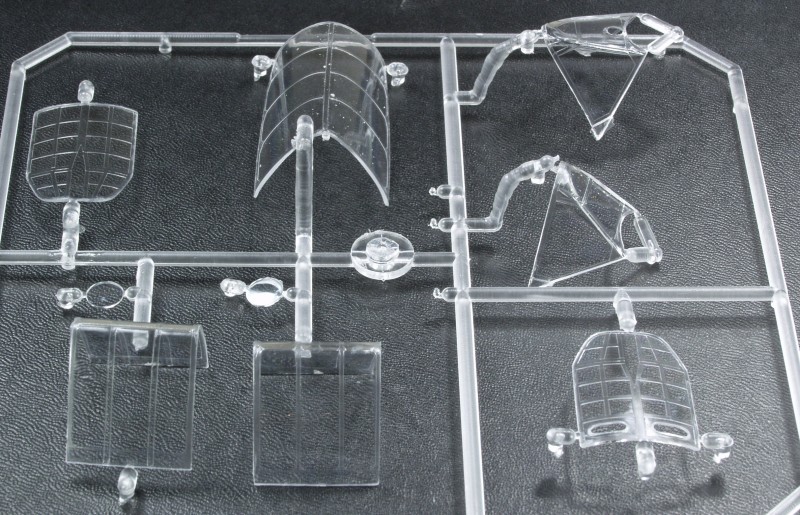
The decals are thin, glossy and in register although getting the red spot centered in the star is left up to the builder. Markings are supplied for two aircraft; one from VF-2. U.S.S. Lexington, 1940 and one from VF-3, U.S.S. Lexington, 1940. Some stencillings is supplied. The only issue with the sheet is that the face on Felix the cat should be white.
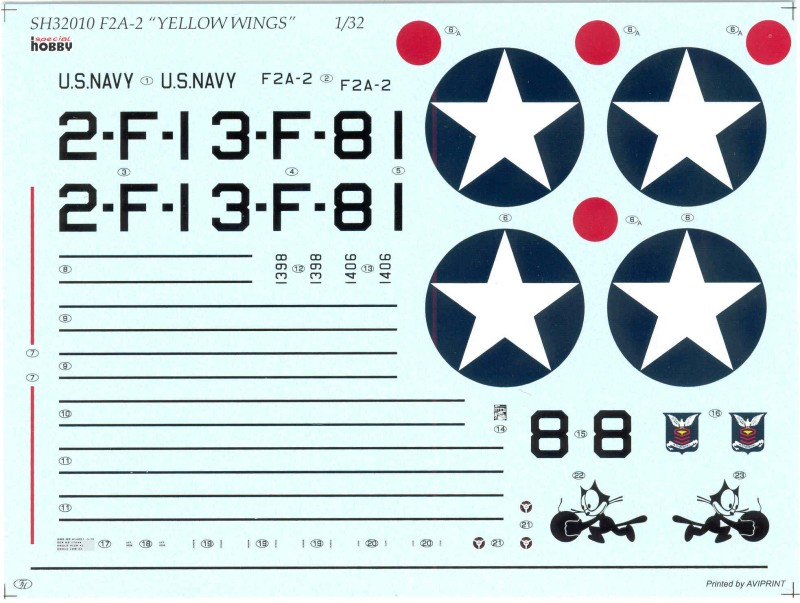
The instructions are like most Special Hobby kits, all but the newest ones. A small 14 page booklet that is not stapled. One page of history, a page and a half of parts map, nine pages of assembly diagrams in 33 steps and two pages of painting and marking instructions. In spite of the small page size the diagrams are large enough to be easily read.
After Market Goodies
I picked up this after market decal set just to have more options as I haven't decided which I'm going to use yet. Most of Yellow Wings decals are printed by Microscale whose quality is top of the line, although only one of the three sheets as Microscale's name on it. The decals are glossy, opaque, thin and in register. The set provides markings for three aircraft; one from VF-2, U.S.S. Lexington, one from VF-3, U.S.S Saratoga, 1941 and one from USN Training squadron early 1942. The decals come with a rather extensive set of documentation not only on the aircraft supplied but the delivery dates of all of the F2A's to which ship and what colors all the different squadrons used. The third sheet shown below are for the wing walks.
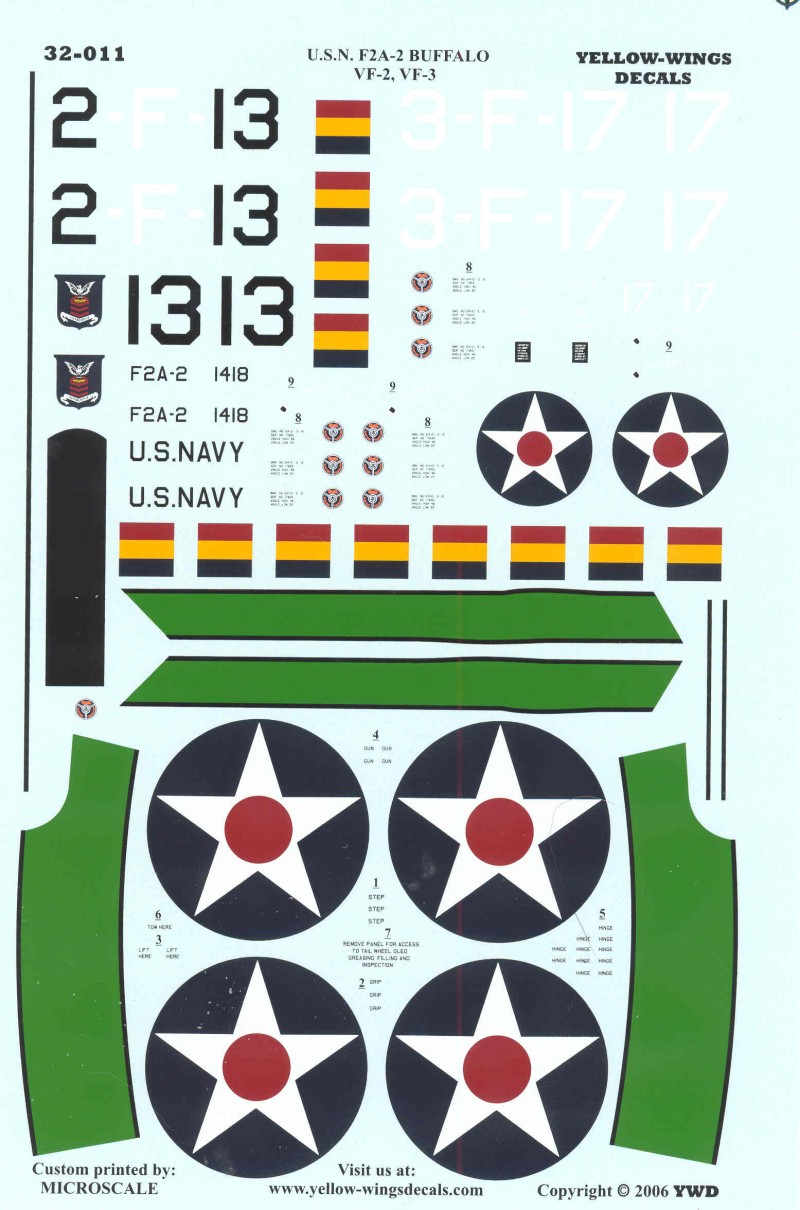
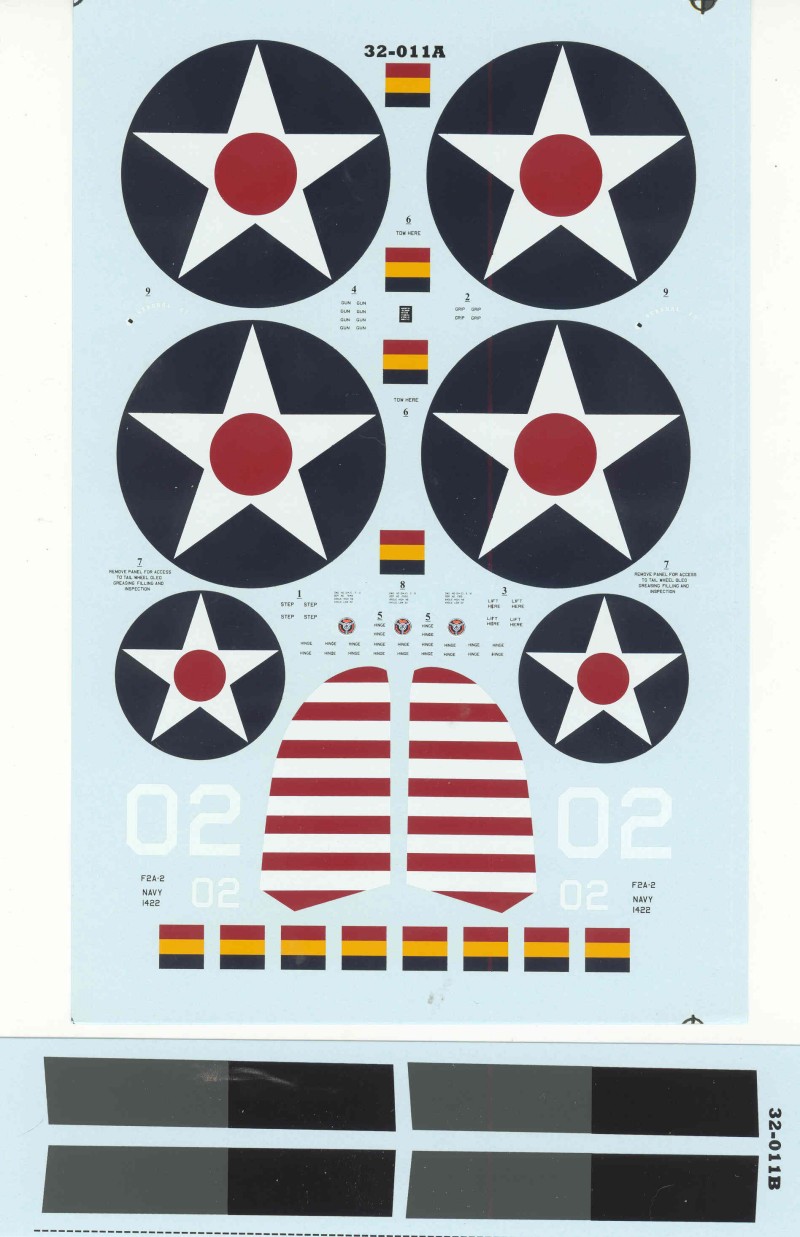
The only other item I acquired for this kit was a set of Eduard canopy masks (JX062)
Conclusions
This
is one of Special Hobby's better kits. Most reports indicate that the
fit is very good. That does not mean that you can fore go trial fitting
things as this still is a limited run. It should allow anyone with
modest experience to produce a nice model of the Buffalo.
Links to kit build or reviews
A build can be found here and here.
References
History courtesy of Wikipedia
Back to the 1/32 U.S. Aircraft Page